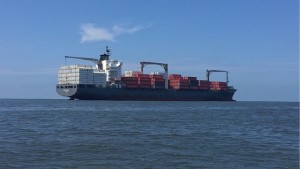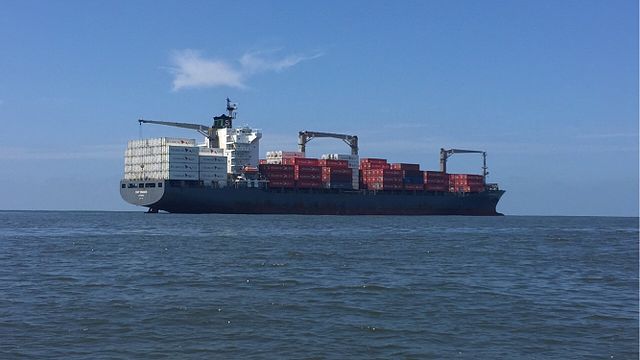 Stakeholders in the logistics sector showed a happier disposition in their outlook for January than they did a month ago, tallying up a score of 45.9 from 45.4 in December 2015, according to the latest edition of the Stifel Logistics Confidence Index released by Transport Intelligence (Ti).
Stakeholders in the logistics sector showed a happier disposition in their outlook for January than they did a month ago, tallying up a score of 45.9 from 45.4 in December 2015, according to the latest edition of the Stifel Logistics Confidence Index released by Transport Intelligence (Ti).
Three of the four trade lanes covered by the index performed well on the whole in January, with Asia to Europe in particular displaying a considerable month-on-month improvement. Only the Europe-U.S. trade reversed its recent performance gains, and recorded notable declines in both air and sea freight in the respondents’ confidence outlook for both present and expected situation.
However, the report said a seasonal uptick in performance is to be generally expected in January, “so it may well be that the improvement measured for January 2016 is merely temporary.”
It pointed to the gloomy view from shipping analyst Drewry: “Insufficient measures to reduce ship capacity will lead to an acceleration of freight rate reductions and industry-wide losses in 2016,” with capacity continuing to grow faster than demand.
Alphaliner also calculated that 24% of total carrier orders in 2015 were composed of ultra-large container vessels, each having a capacity of 18,000 to 22,000 TEUs. This will result in further cascading effects, and put greater pressure upon port facilities.
With regards airfreight, the picture is less clear, said the Ti report. IATA expects global shipping demand to increase by 3% in 2016, up from 1.9% in 2015. However, important developments could bring changes, including the slowdown in China’s economy and Amazon’s apparent move into airfreight.
On overall confidence levels in the airfreight sector, the index gained 0.6 points in January 2016,. The index is 9.4 points lower than in January 2015, and 9.3 points lower than in January 2014.
Regarding the present situation, the airfreight index rose by 0.4 points. In a reversal of recent trends, all lanes posted month-on-month growth except for Europe to U.S., which lost 5.6 points. By contrast, U.S. to Europe gained 3.1 points, while Asia to Europe and Europe to Asia rose 1.8 and 2.1 points, respectively.
In the expected outlook, the picture was very similar. Again, Europe to U.S. fell against the previous month, this time losing 5.4 points. U.S. to Europe, by contrast, increased by 3.5 points, while Asia to Europe gained 3.4 points. Europe to Asia noted the weakest gain out of the three improved lanes, with a rise of 1.9 points.
On sea freight sentiments, the confidence index improved by 0.3 points. Regardless, when compared with the same month in 2015, the index is 13.4 points lower, and it is also 12.2 points lower than in January 2014.
For the present situation, the index continued to fall, losing 1.1 points. Europe to U.S. represented the poorest performing of the lanes, losing 6.3 points. Similarly, U.S. to Europe lost 4.4 points. Asia to Europe achieved the best gains with a 3.4-point increase from December, whilst Europe to Asia gained 1.9 points.
The expected situation index for sea freight achieved an overall gain of 1.6, thanks to increases in three lanes. The exception was Europe to U.S., which lost 2.6 points. The greatest increase was recorded by Asia to Europe, which rose 4.9 points. The U.S. to Europe loop followed, with a gain of 2.3 points, while Europe to Asia rose 1.1 points.
Photo: Pernal8





